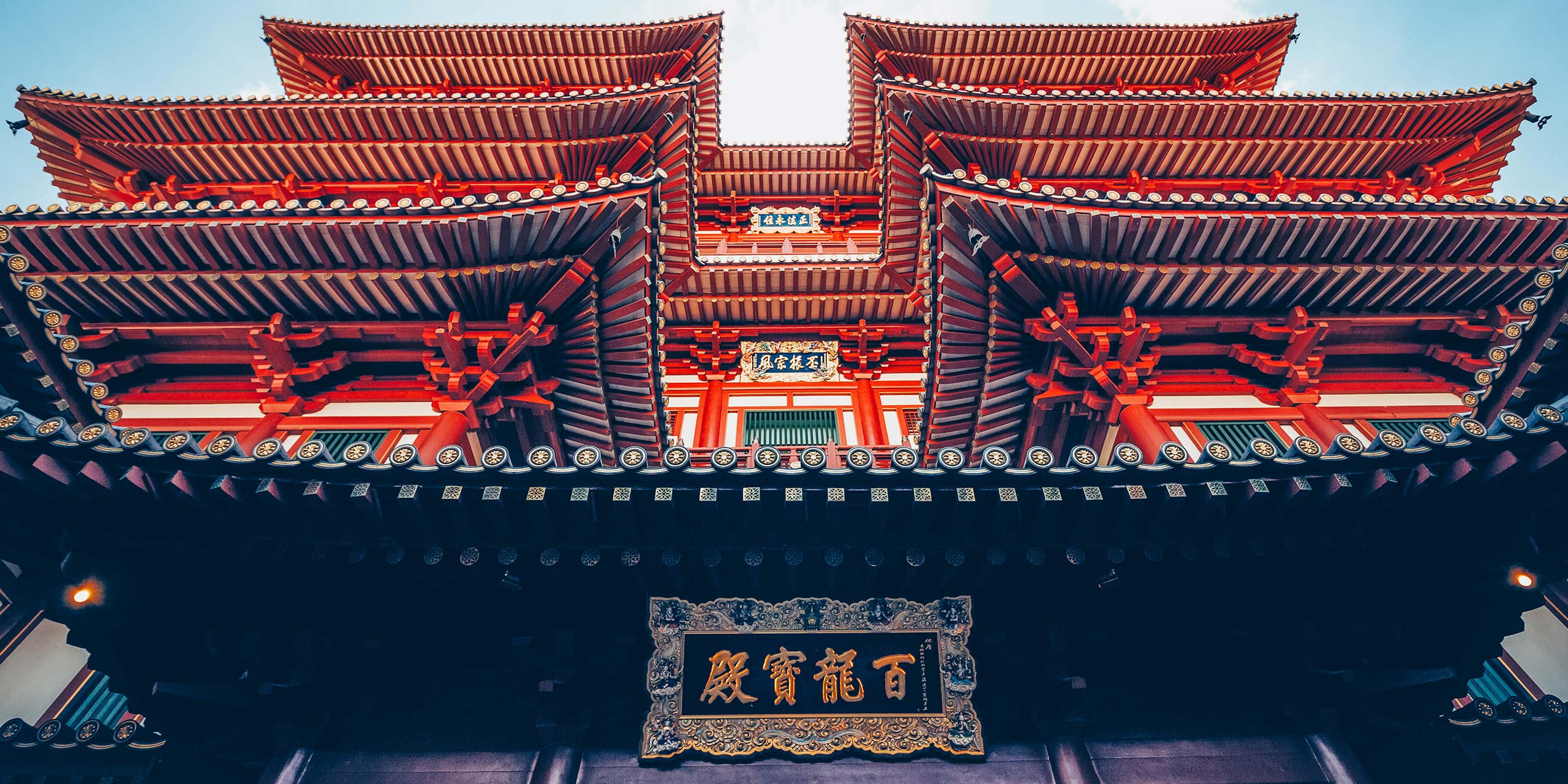
Southeast Asia has long been influenced by its millions of residents of Chinese ancestry, who have broadened the culture, cuisine, and art scenes of this region. There are more than 60 million people living outside of China who are ethnically Chinese, which explains why Chinatowns grace so many cities around the world. Here are five of the finest such neighbourhoods in Southeast Asia.
Manila
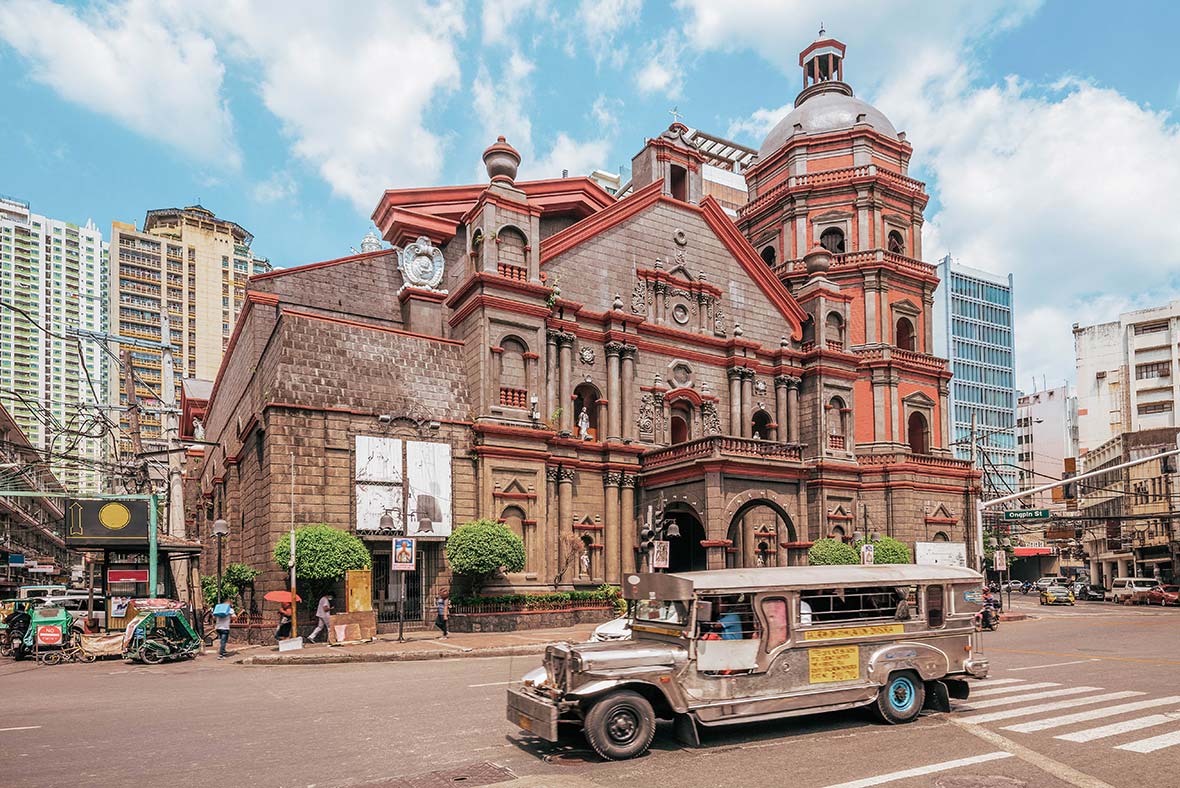
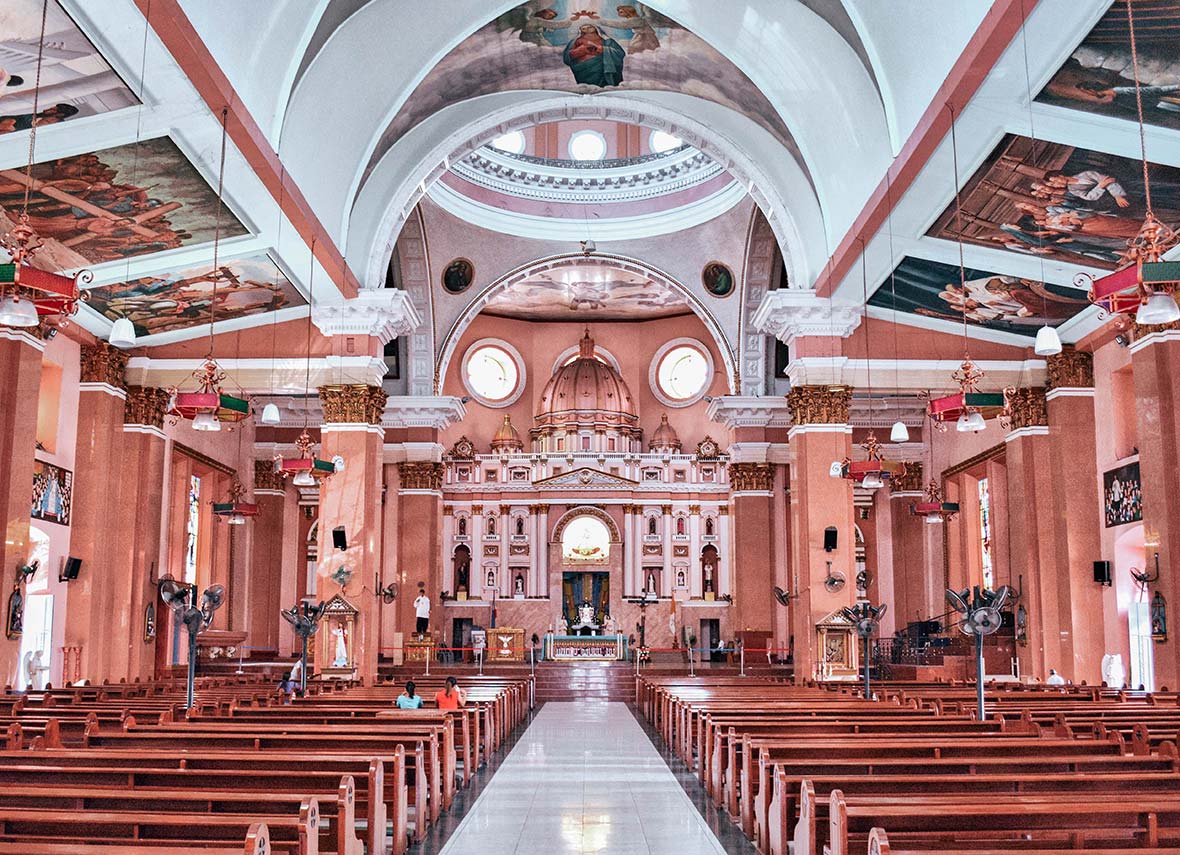
When the Spanish conquered Manila in the 1570s, they built what is now this city’s finest tourist attraction, the colossal walled neighbourhood of Intramuros, on the southern bank of the Pasig River. On the opposite side of that waterway, Binondo, reputedly the world’s oldest Chinatown bloomed around the same time.
Chinese immigrants first began settling in this neighbourhood in the late 1400s and within a century it had become a thriving Chinese enclave. These days visitors to Binondo enter beneath a towering gate decorated by dragons and gilded Mandarin characters.
Many come to visit the Minor Basilica of Saint Lorenzo Ruiz church, established here 400 years ago as a spiritual hub for Binondo’s Catholic Chinese. Its main prayer hall is photogenic thanks to an array of vibrant Biblical murals. Nearby is one of the city’s largest and most diverse street markets, Divisoria.
Whether you’re looking for clothes, electronics, snacks, souvenirs or leather goods, your visit will be worthwhile. The streets surrounding this bazaar also bulge with a mesmerising variety of food. Lanzhou beef noodles, xiao long bao dumplings, braised pork ribs, chop suey, roast duck, hot pot, and char siu pork are but a few options.
Singapore
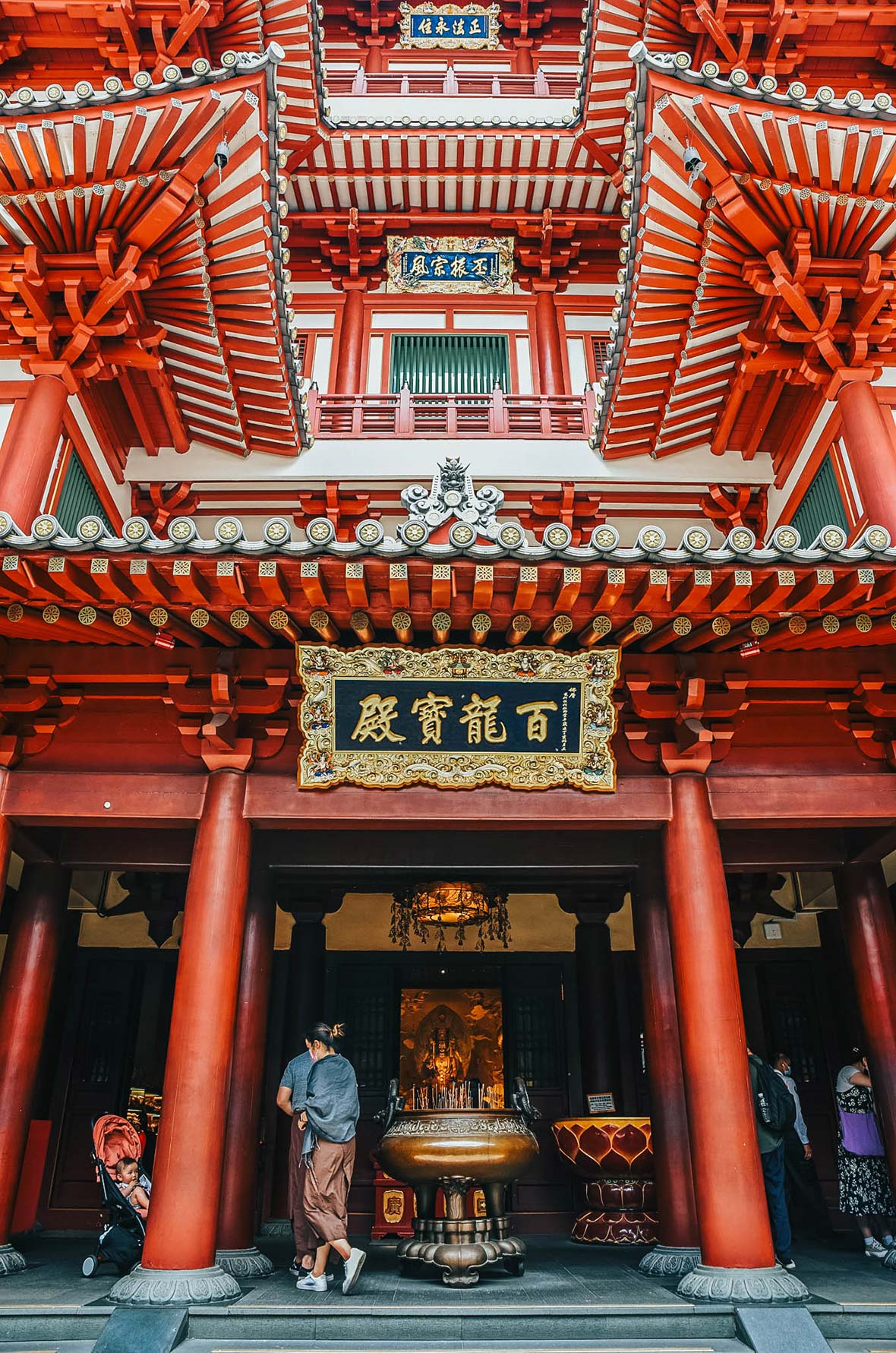
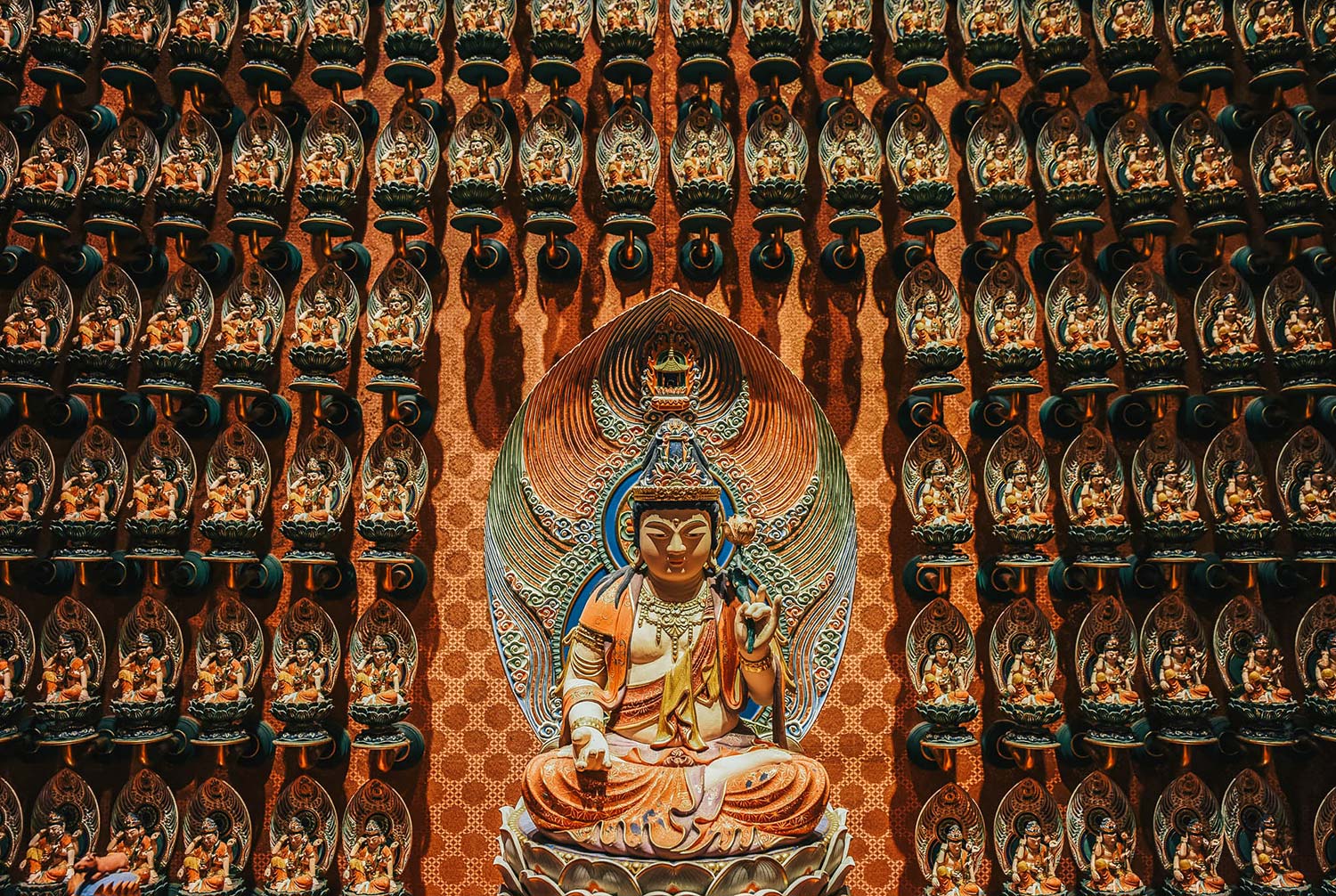
In a way, it seems unnecessary for Singapore to even have a Chinatown considering that more than 70% of this country’s population is ethnically Chinese. Regardless, this is the most interesting historic neighbourhood in the city-state. Its history can be traced back to the early years of modern Singapore, which was settled by the British in 1819.
Recognising that this port town was booming, many people from southern China soon set up base in Singapore. They imported not just art forms, cuisine and culture, but also spirituality. One of Chinatown’s most interesting and attractive buildings is the first religious building that the community created, Thian Hock Keng Temple. Much newer, but even more visually arresting, is the Buddha Tooth Relic temple, which has an interior so drenched in colour and intricate design that it’s near-impossible to take a boring photo.
The food here is also sublime. From simple congee to char siu dumplings, Hainan chicken rice, steamed chilli fish head, Hokkien noodles, nasi lemak (Malay), and oyster omelette. The concentration of quality restaurants here is extraordinary. Check out the huge indoor hawker centre at Chinatown Complex, home to dozens of food vendors.
Kuala Lumpur
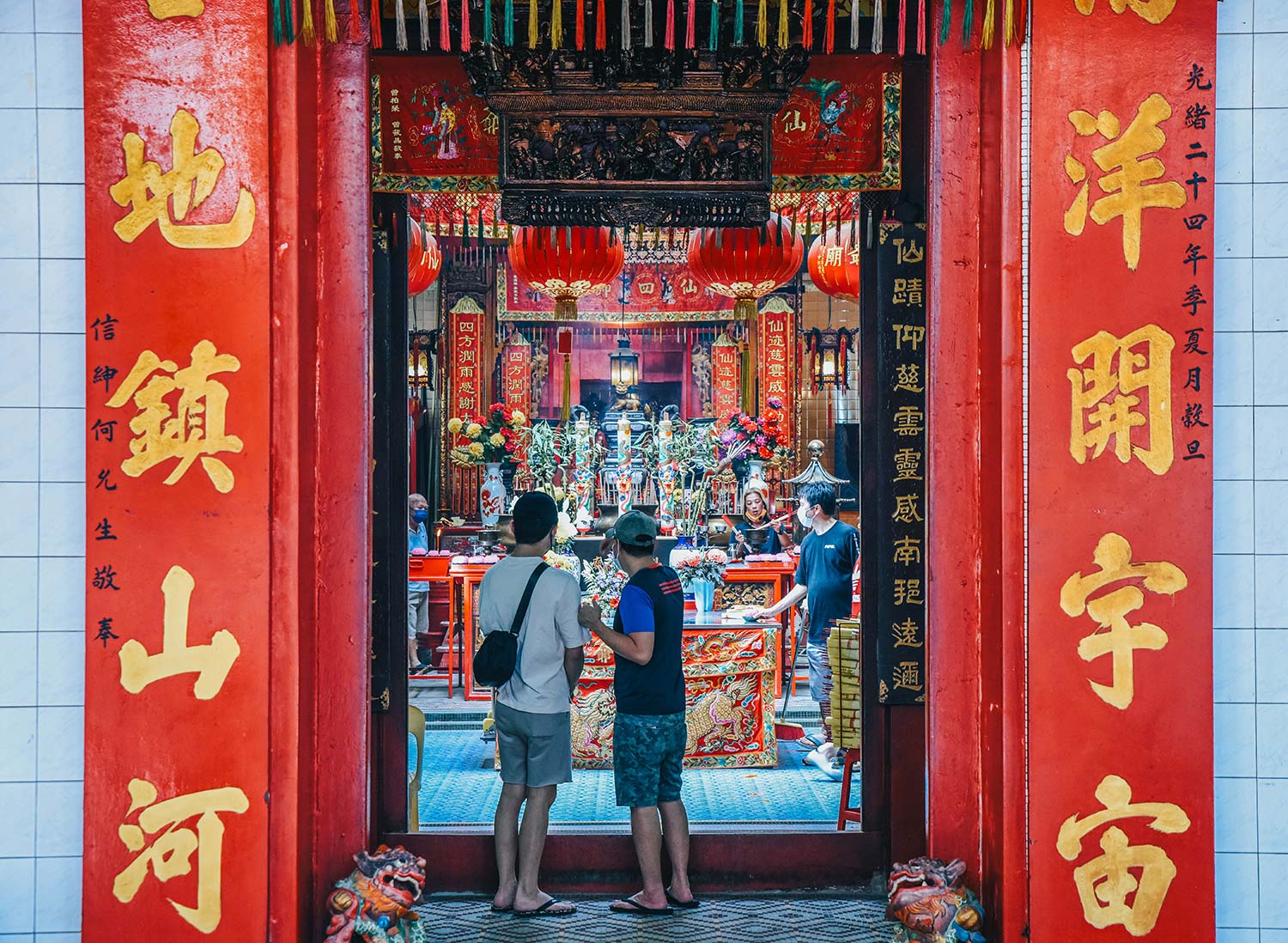
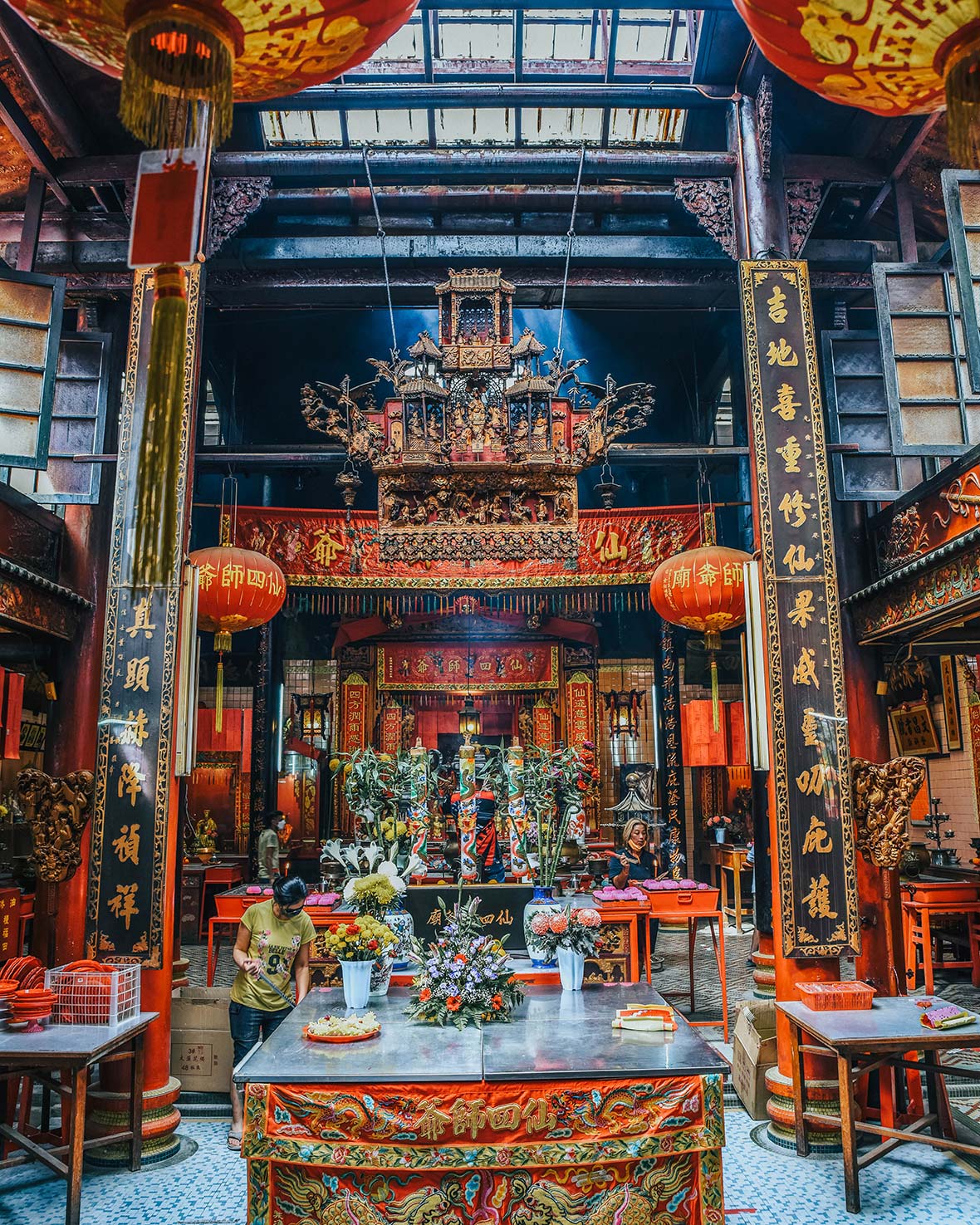
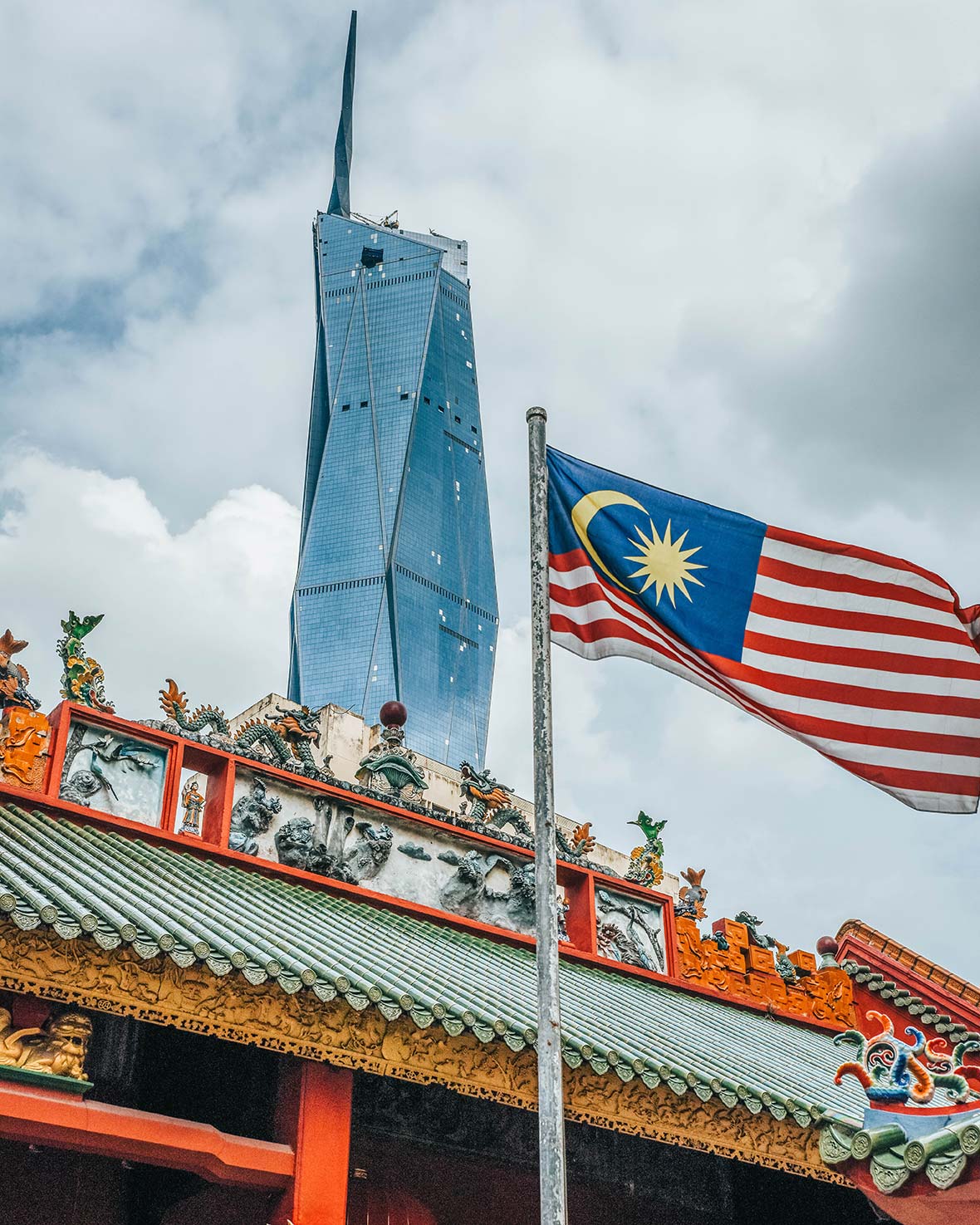
Petaling Street is at once awfully touristy and very enjoyable. The main thoroughfare of Kuala Lumpur’s large Chinatown district, this street has long been crammed with stalls catering only to foreigners. There’s not much to shout about the shopping options, which mostly encompasses knockoff sneakers, handbags, and clothing.
Yet it has a fun atmosphere and, tucked beyond all those stalls, many small restaurants serving addictive Chinese-Malay food. That includes spectacular laksa noodle soup, world-class dumplings, satisfying Hokkien mee noodles, and local comfort food muah chee rice balls.
About 20% of Malaysian residents are ethnically Chinese and this neighbourhood is still a functioning, traditional community. Visitors need not stray far from Petaling Street to witness this more authentic side of KL’s Chinatown. It shines through in the polychromatic setting of Guan Di Temple, built in the late 1800s to honour the Chinese God of War. Or at the similarly photogenic Sin Sze Si Ya Temple, a graceful Taoist complex which dates back to the 1860s.
Ho Chi Minh City
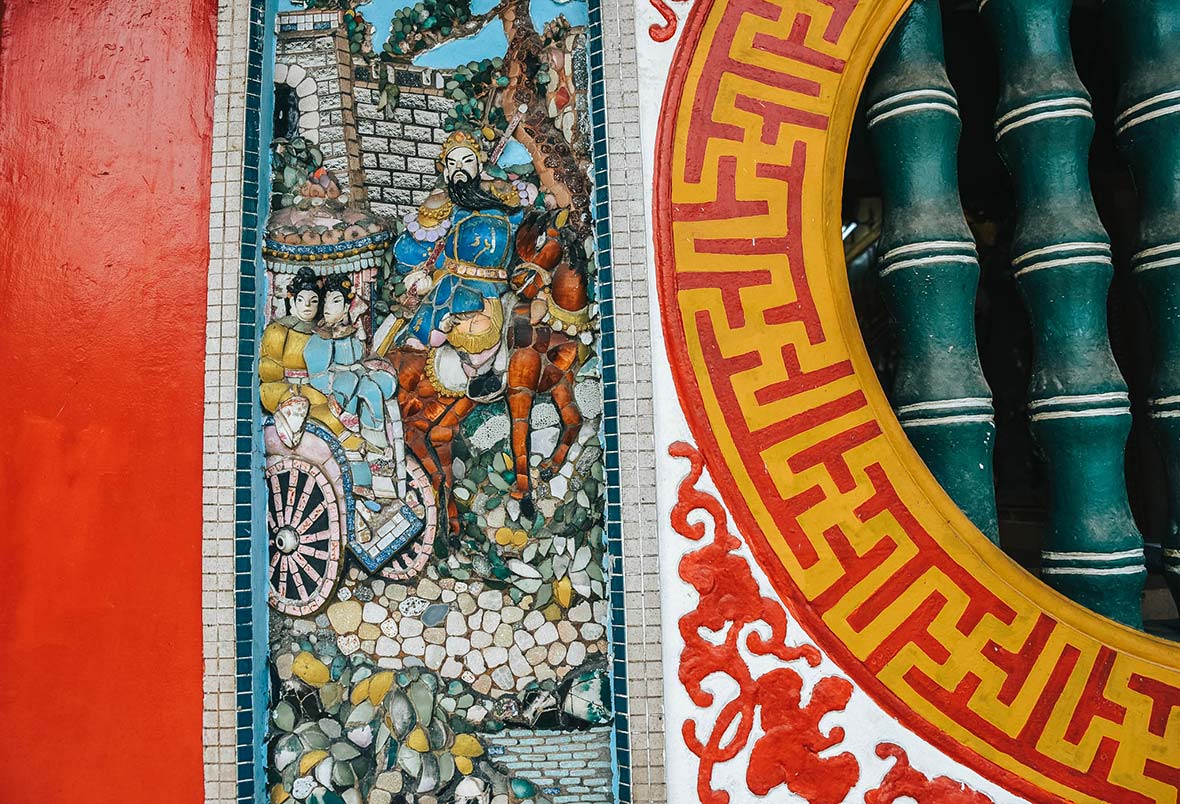
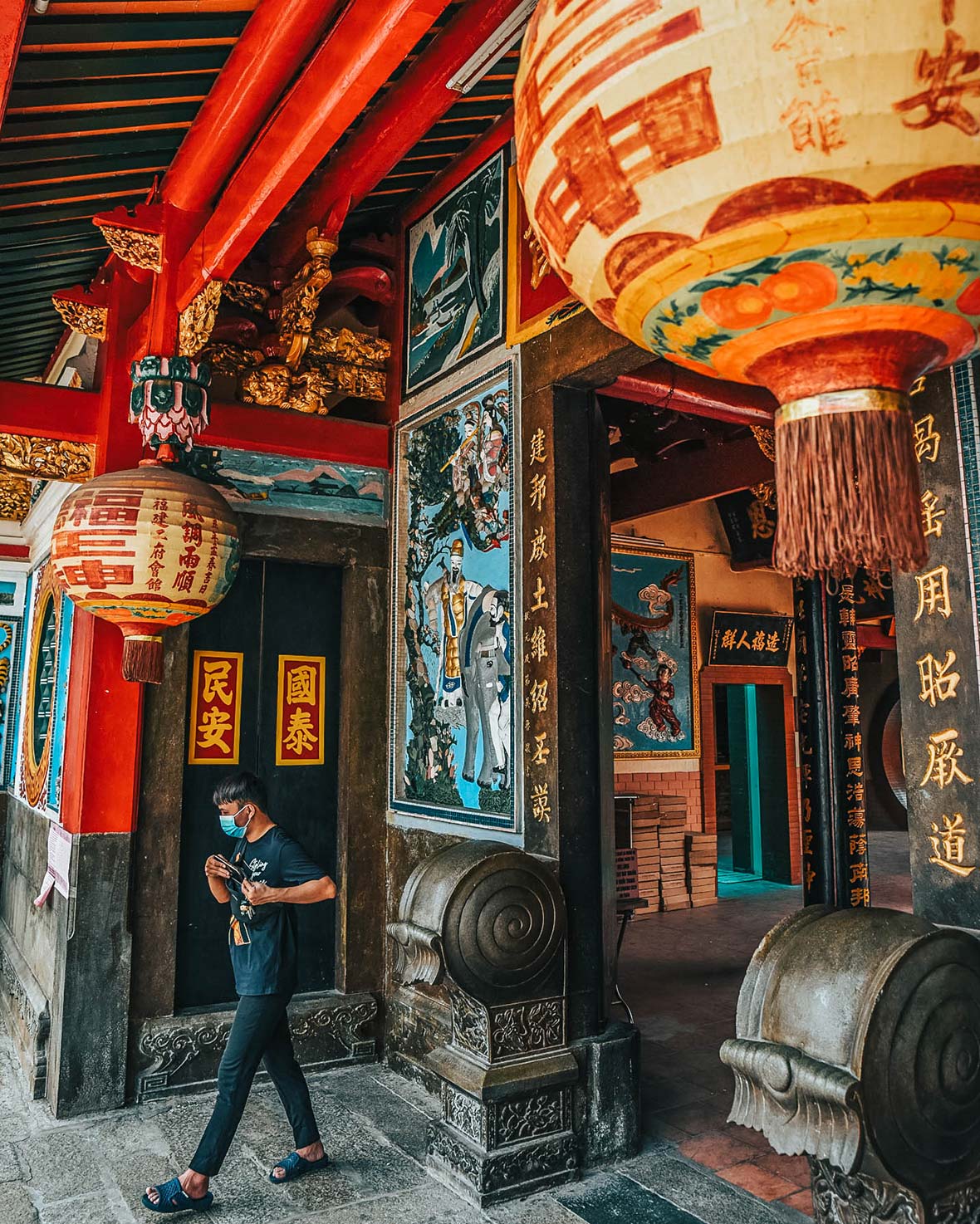
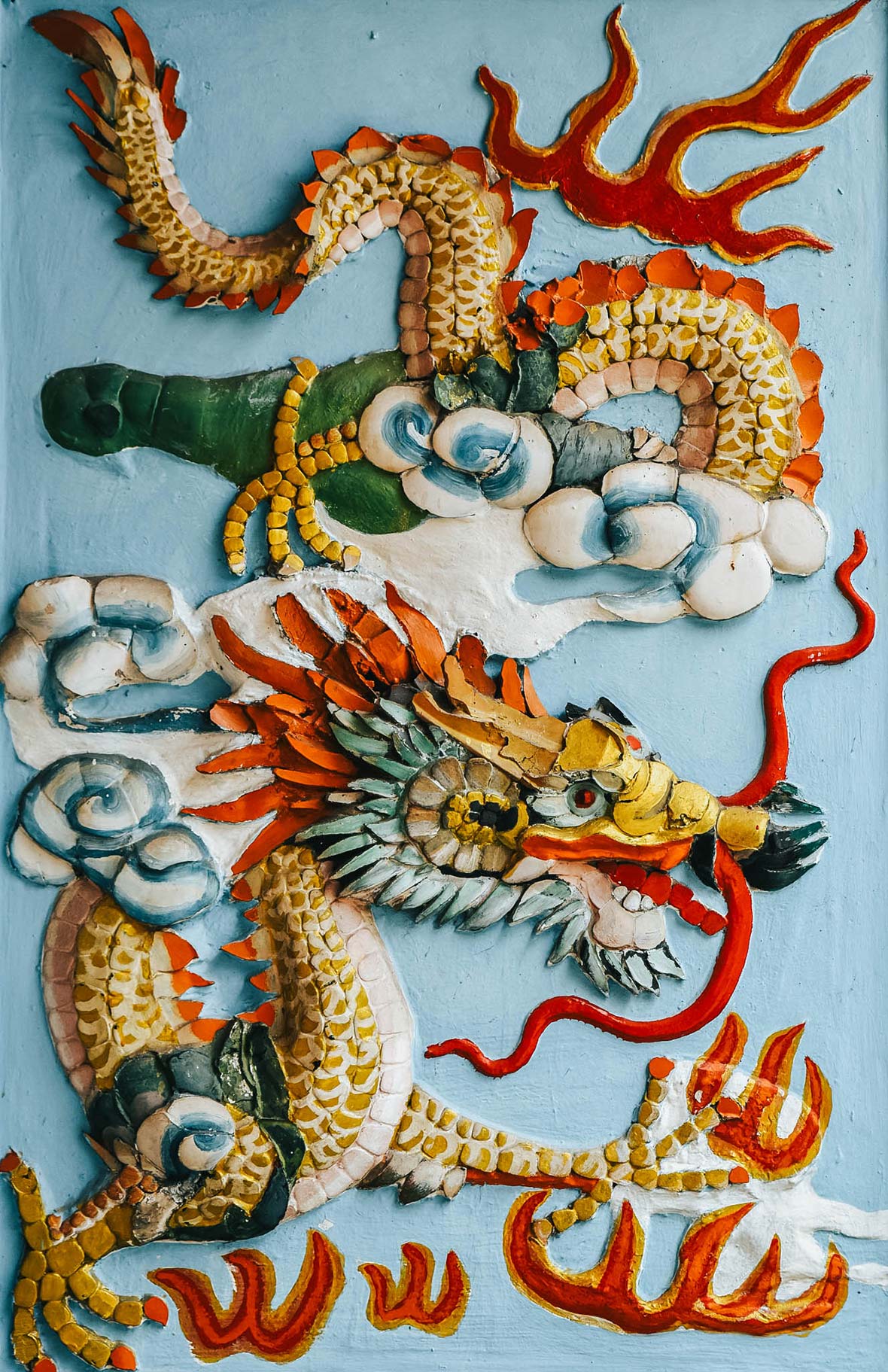
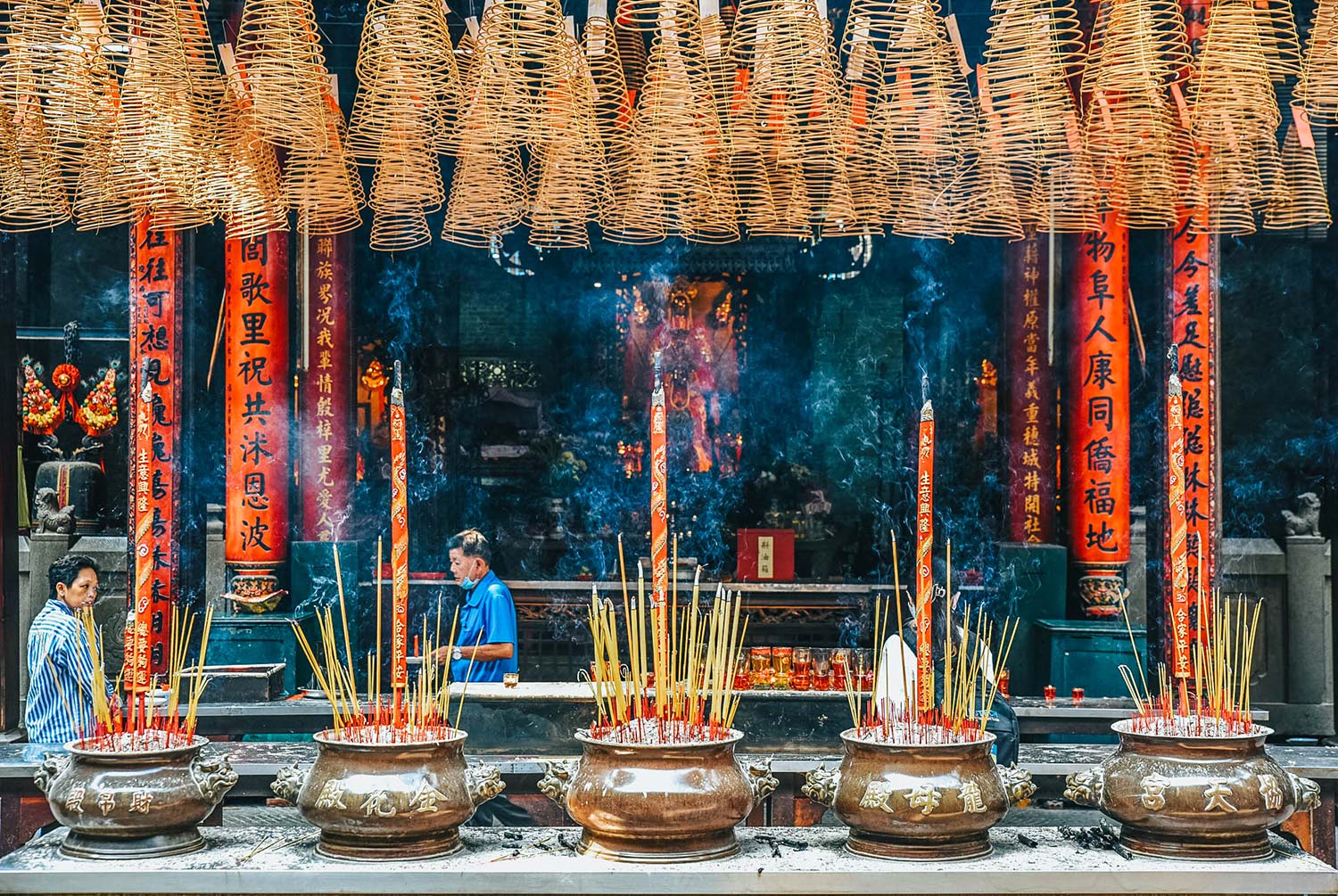
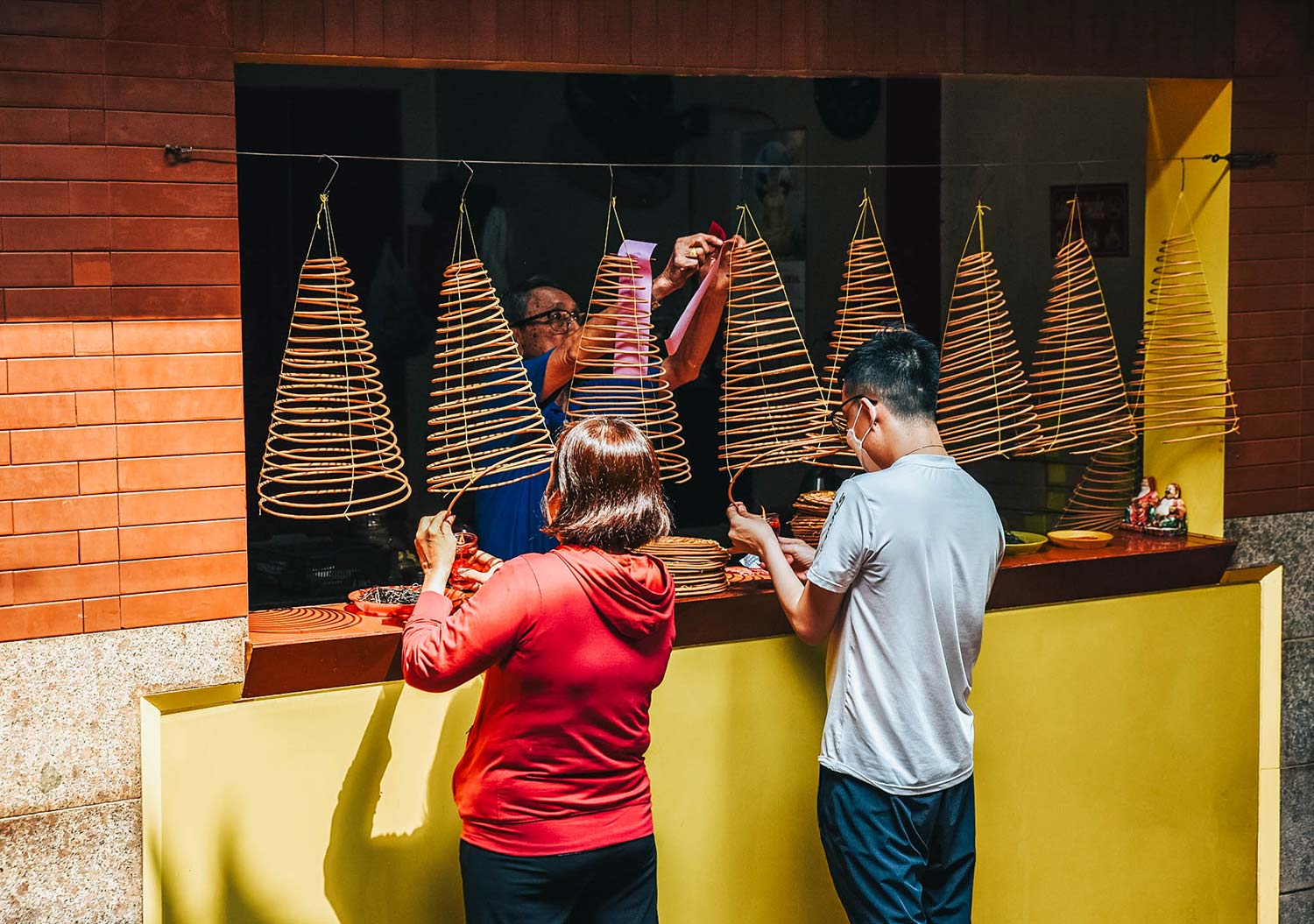
In the 1700s, Chinese immigrants began creating a small settlements in the deep south of Vietnam. What started out as a mere village over the 1800s grew into a major Chinese community, only to then become swallowed up by the rapidly growing and spreading city of Saigon (now Ho Chi Minh City).
Called Cholon, it is now Vietnam’s biggest Chinatown and a key tourist attraction of Ho Chi Minh City. Travellers venture to this teeming area in the city’s east to explore its markets and absorb the history and serenity of its many temples.
Binh Tay market is a massive, undercover bazaar that, from a tourist perspective, is most appealing for its people-watching and vast array of Vietnamese snacks. Nearby Kim Bien market is similarly fascinating. Among its many religious sites, Nhi Phu Temple and Thien Hau Pagoda are especially picturesque.
Bangkok
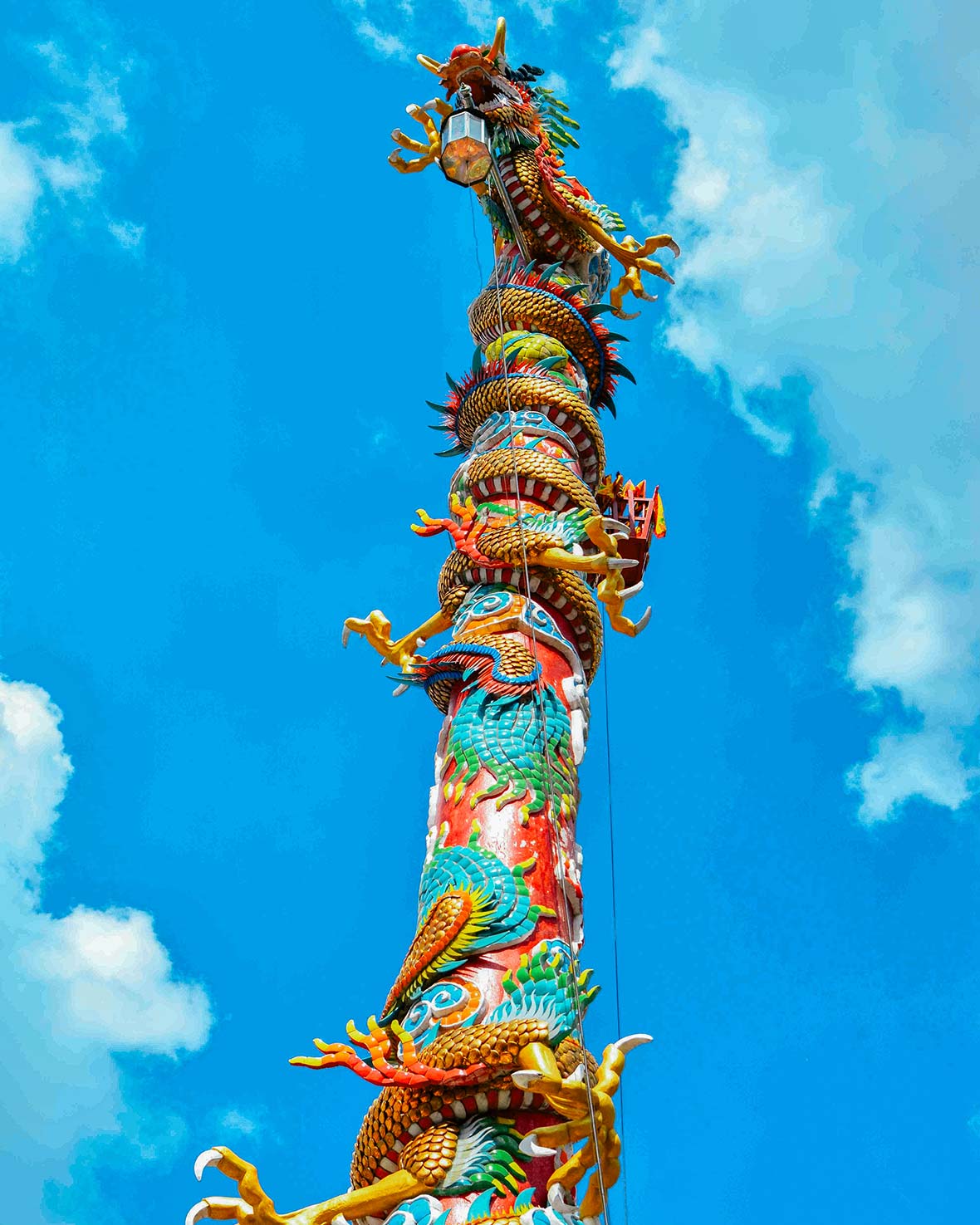
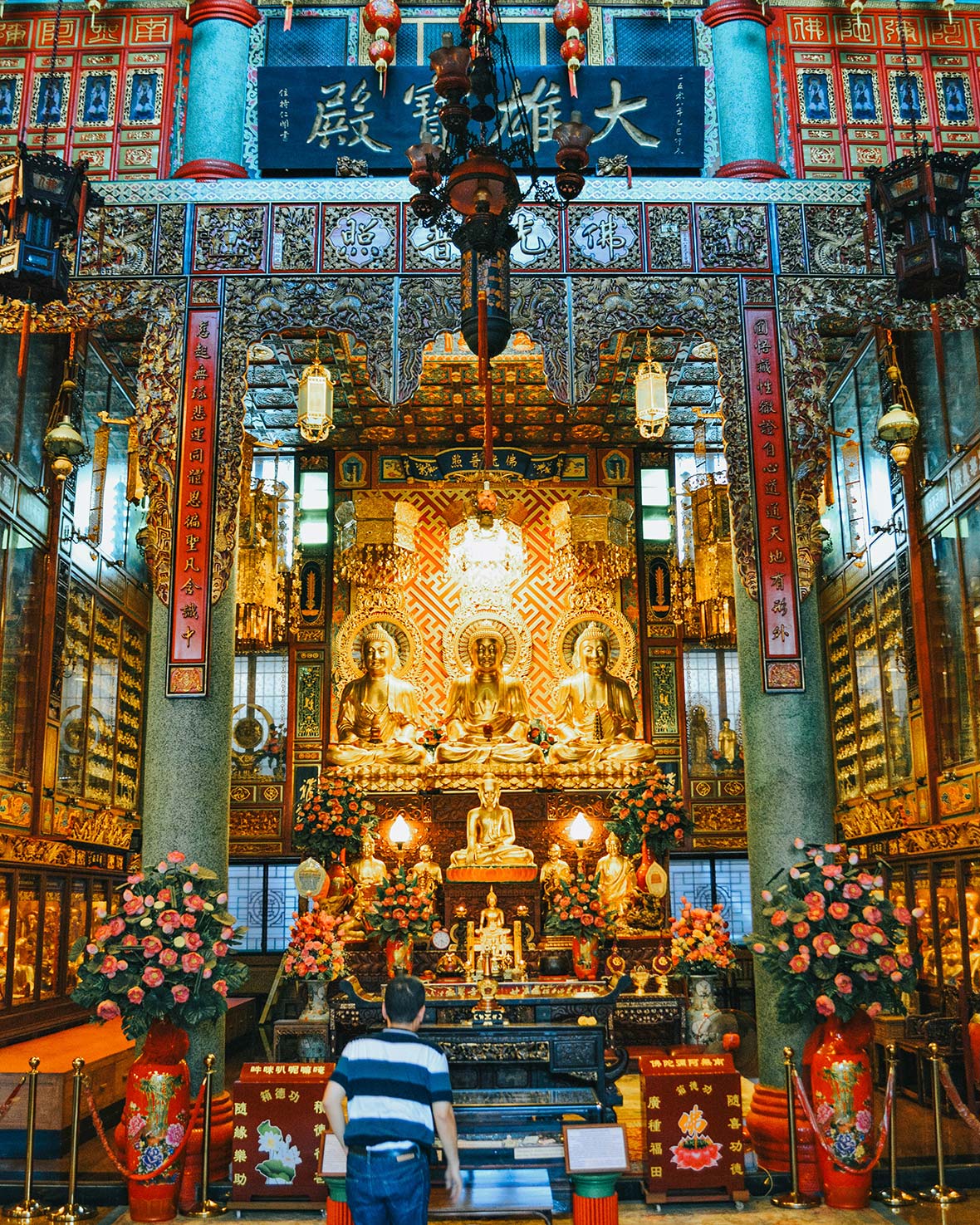
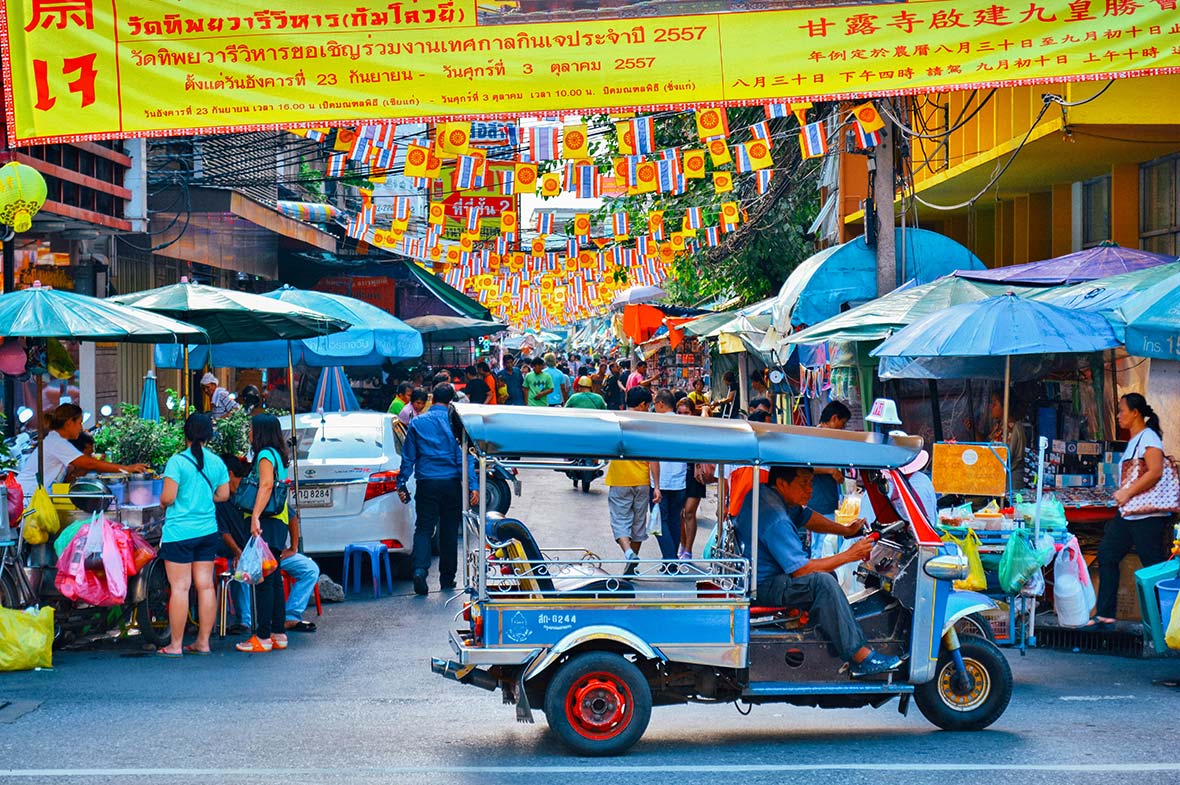
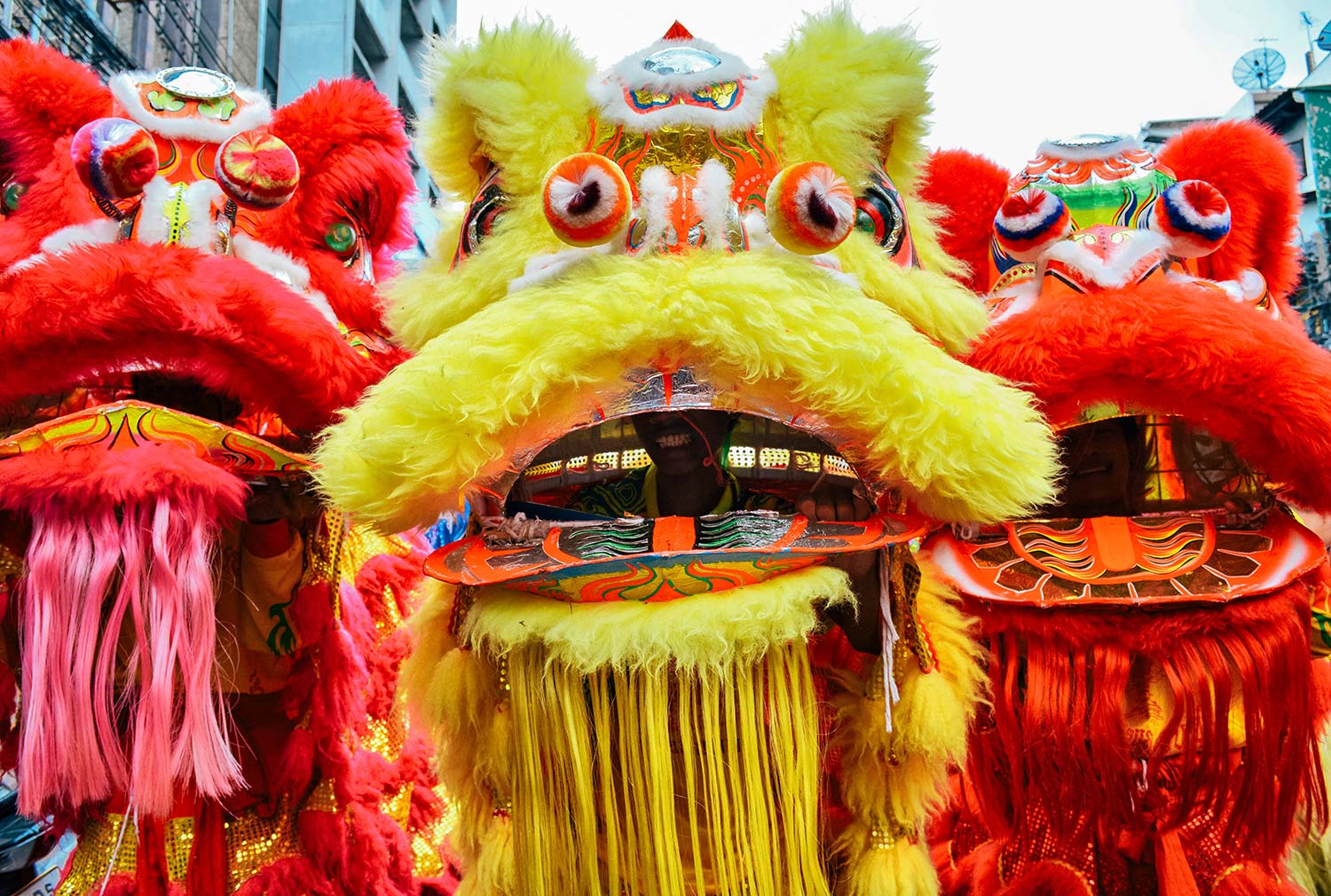
Although it’s slowly being gentrified, with upmarket condos and bars sprouting, Bangkok’s Yaowarat neighbourhood remains wonderfully lively and authentic. Thailand’s capital has been heavily shaped by its ethnically Chinese residents since the first major wave arrived in the mid-1800s. Now, about 10% of all Thai people have Chinese ancestry.
Yaowarat is comfortably Thailand’s biggest Chinatown, and one of the world’s largest. It sprawls north and south from its main spoke, the ever-teeming Yaowarat Road, which brims with gold shops, herbal medicine stores, roast duck restaurants, and fruit and vegetable vendors.
Phenomenal street food can be found down any of its alleys. Like Trok Issaranuphap where the range of Chinese and Thai dishes is so vast you may want to take up permanent residence. Aimlessly wandering Yaowarat’s labyrinth of sidestreets is one of the quintessential Bangkok tourist experiences. It is cramped, hot and loud. But it’s also exciting, distinctive and memorable.
